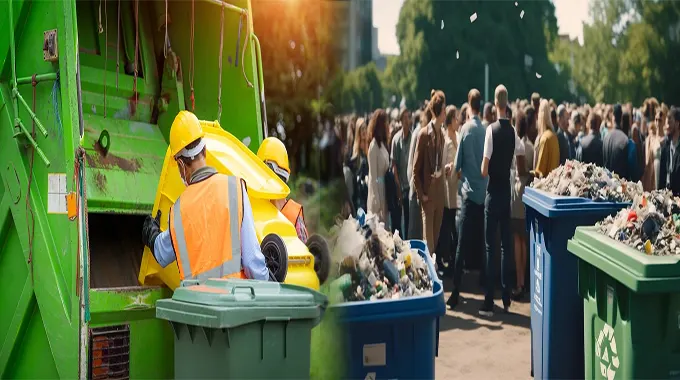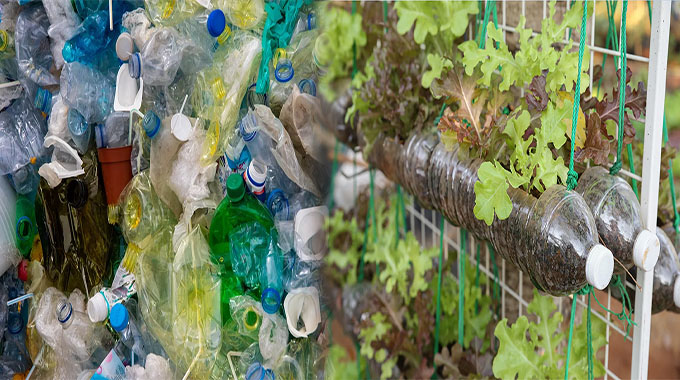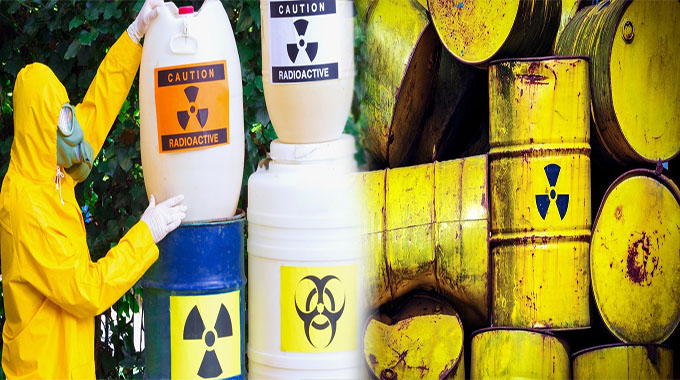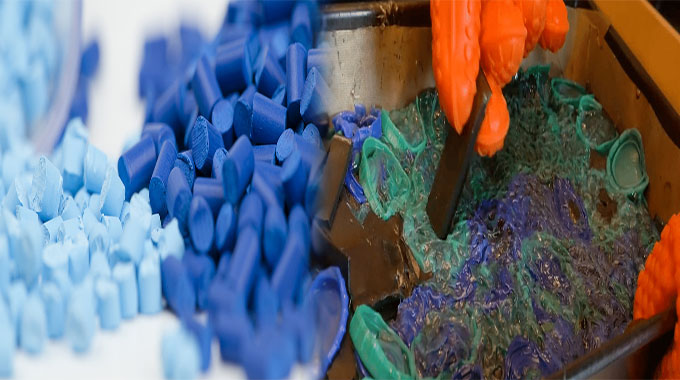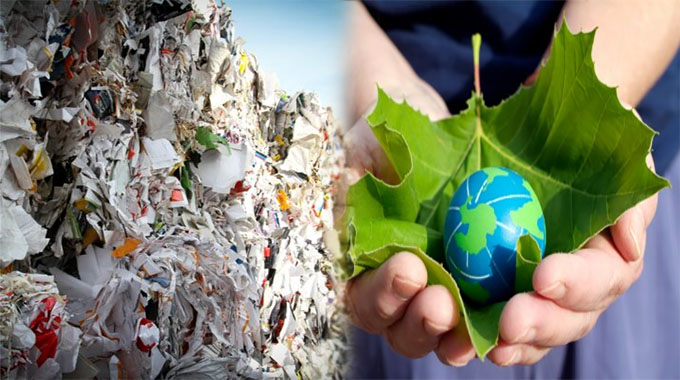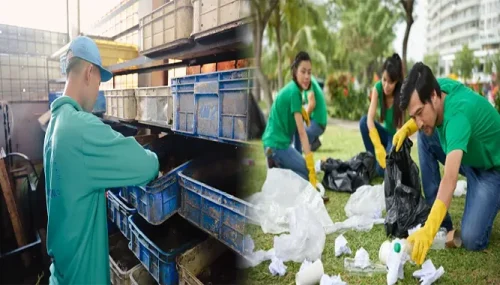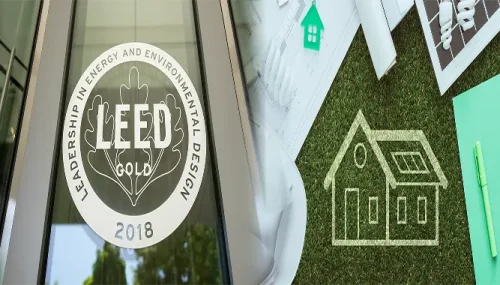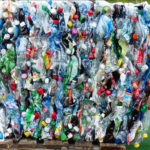Effective Waste Management Solutions for Urban Areas
As urban populations continue to grow, the management of waste has become a critical issue for cities around the world. Proper waste management is essential to maintaining a clean environment, reducing pollution, and promoting public health in urban areas. To address this challenge, cities must implement effective waste management solutions that prioritize sustainability and resource efficiency. Let’s explore some key strategies for managing waste in urban settings.
1. Source Separation and Recycling Programs
Implementing source separation programs that encourage residents to sort their waste into recyclable, organic, and non-recyclable categories is a fundamental step in effective waste management. Recycling programs promote the recovery of valuable resources and reduce the amount of waste sent to landfills or incinerators, thereby minimizing environmental impact and conserving natural resources.
2. Composting and Organic Waste Management
Managing organic waste, such as food scraps and yard trimmings, through composting is an effective way to reduce waste …

